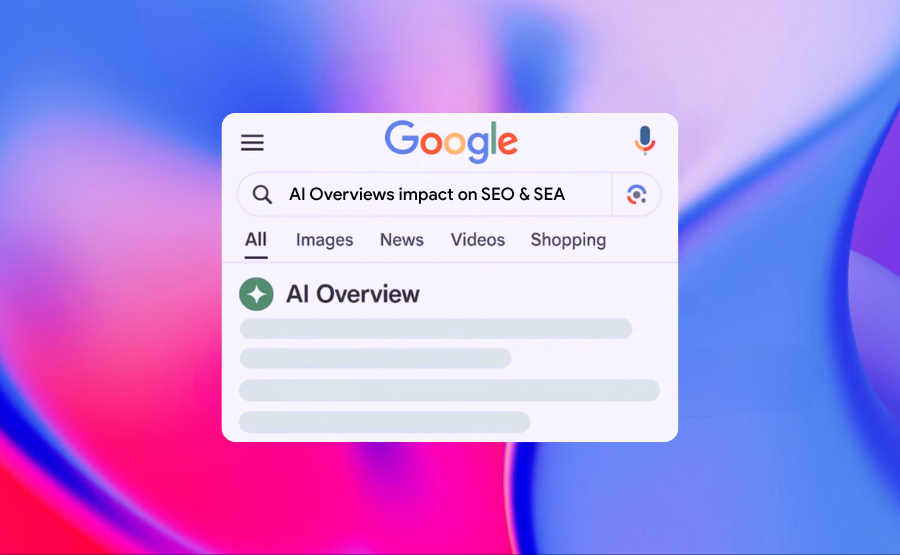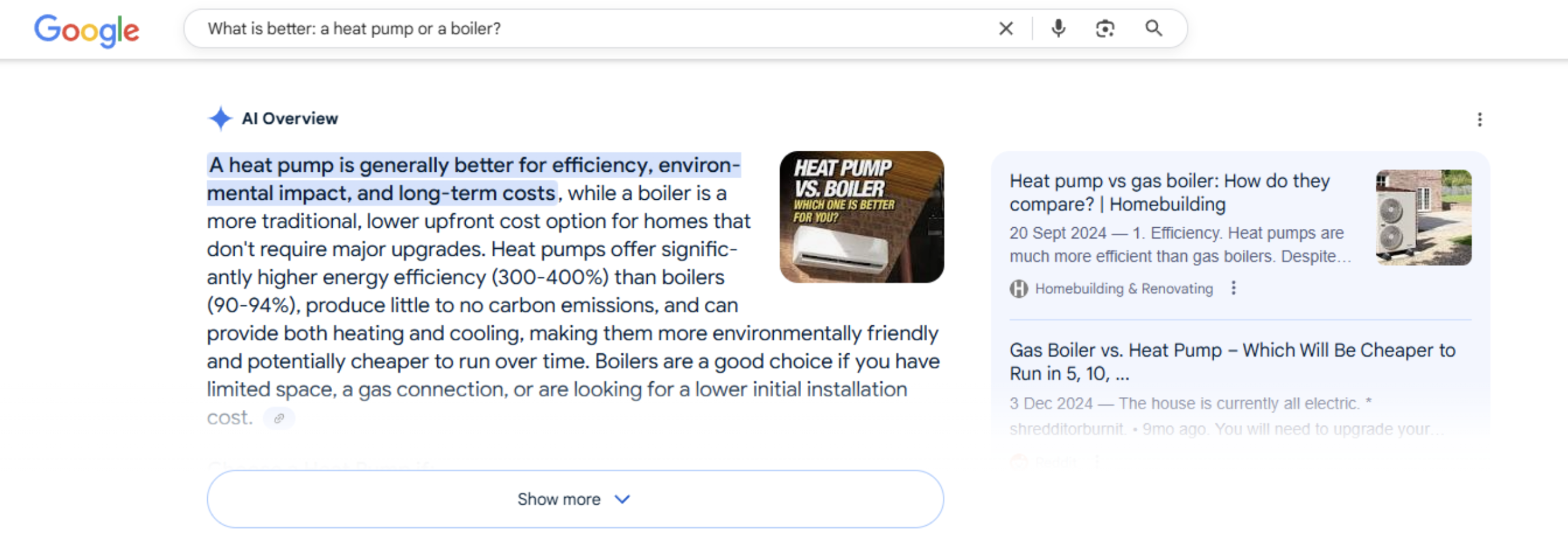
SEO: From Clicks to Mentions
What are we seeing?
AI Overviews have largely taken over the role of the classic snippet. They provide a comprehensive answer at the top of the results page, with only a few cited sources. This leads to more impressions but fewer clicks, as users increasingly find their answers directly in Google. Research (including Ahrefs and Semrush) shows that zero-click behavior rises significantly once AI answers appear.
Crucially, the selection of sources is still based on the organic index. Ranking well increases the chance of being cited, but even then, the mention often does not translate into a website visit.
How to increase visibility
- Create short, stand-alone answer blocks: AI does not extract entire pages but rather 2–5 sentence paragraphs. Use clear H2/H3 headers for each question.
- Structured data: implement schema.org (FAQ, Product, Review, LocalBusiness) to provide context to Google. Ensure your markup matches the visible page content.
- Multimodal content: videos, images, and tables are increasingly included in AI results. Think of explainer videos on installation, subsidies, or sound levels.
- Authority: link to official documents (e.g., subsidies, product standards) to boost credibility and citation chances.
In 96–97% of AI summaries, at least one URL comes from the top 20 search results; the likelihood of being cited is ~54% for position 1 and ~7% for position 20 (seoClarity). Ranking has always been important, but with AI Overviews, prioritizing high positions has become even more critical.
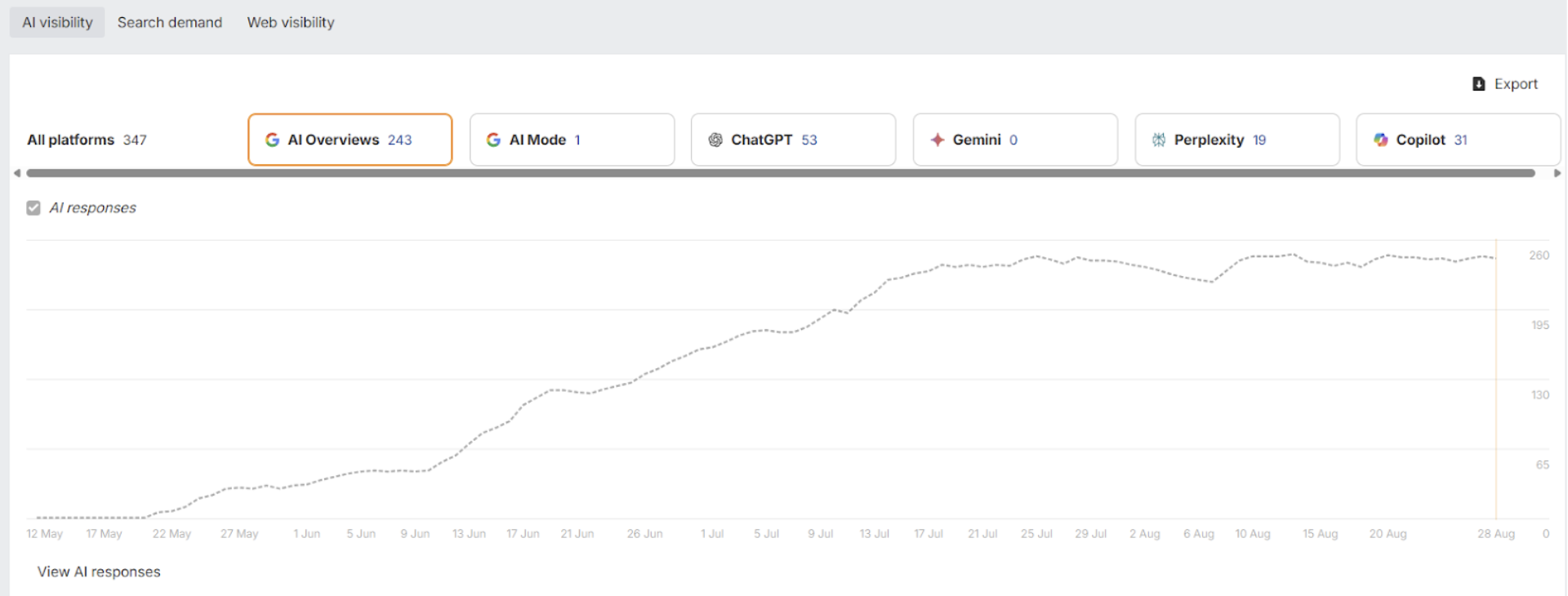
Practical application for our client
For our client in sustainable installation technology, this translates into:
- One page per question: e.g., “What does a heat pump cost for a terraced house?” Begin with a short answer block, then expand with checklists, examples, and references.
- Comparison pages: AI often displays multiple options side by side. Structure content with pros/cons, indicative prices, and schemas (FAQ, ItemList, Review).
- Scenario-based content: offer advice for different property types or situations. AI recognizes and extracts these segments more easily than general copy.
SEA: Declines in Impressions and Conversions
What are we seeing?
When AI Overviews launched in the Netherlands (May 2025), we immediately observed a shift in paid search. Many informational keywords that previously drove significant traffic began delivering less and less impressions and clicks..
A snapshot of the results:
- What does a heat pump cost? → –30% impressions
- What is the best boiler? → –60% impressions
- Which heat pump should I choose? → –50% impressions
On average, the number of quotation requests and consultation requests from these campaigns dropped by over 34%. This occurred while CPCs, bid management and overall available budgets remained virtually unchanged. Seasonality was accounted for by comparing results with previous years, but the magnitude of the drop could not be explained by seasonal effects, competition or search volume shifts — pointing clearly to the impact of AI Overviews.
Long-term shifts
We expect that AI Overviews will continue to absorb an increasing share of question-based and non-commercial searches. For SEA, this implies a strategic shift:
- A greater focus and push on conversion-driven keywords (quotation requests, local service searches).
- Allocating more budget to Demand Gen, Pmax, and Video/Display to still reach customers relatively early in the funnel. Google uses logged-in behavior to build audiences that can be targeted across channels based on earlier search behavior, keywords and interests.
- Looking ahead: Google may soon integrate ads directly into AI Overviews and AI mode (e.g., sponsored clickable answers or perhaps a CPM model). These developments could create new opportunities once they are widely adopted.
Where Do We See Opportunities for Google Ads?
Despite the impact, question-driven keywords are not entirely obsolete. Opportunities remain:
- Ads can still appear: for commercial searches, ads often remain visible above or alongside AI boxes. And for the current ads below AI overviews.…Let’s be honest, Google will monetize this space sooner than later.
- Local and long-tail content: the more specific the query (“heat pump for a 1930s house in Utrecht”), the greater the chance of visibility outside of AI summaries. Make sure to use broad match and AI Max for search.
- Audience strategies: If you can’t reach them with search you can still reach them via Demand Gen, Display, and Video campaigns target on relevant audience signals and search themes, so make sure you have these campaign types running and do it with great creatives!
Conclusion
AI Overviews have a clear and significant impact: they push both SEO results and SEA ads down the page, particularly for informational, question-based searches. For marketers in the sustainability sector — and beyond — this requires a strategic reset.
What does this mean for SEO?
- Focus on content that can be cited: concise answer blocks, structured data, and multimodal content.
- Invest in authority and expertise: structured, trustworthy, multimodal content makes your brand more likely to be cited.
- Measure not only clicks, but also AI mentions and visibility in Overviews.
What does this mean for SEA?
- Expect lower returns on question-based keywords: shift budget toward conversion-focused search terms.
- Invest in Pmax, AI Max, Demand Gen, and Display/Video campaigns to target audiences with relevant search themes and behavior.
- Prepare for new ad formats within AI Overviews.
Recommendations
- Reassess measurement and KPIs: track not only clicks and traffic, but also AI visibility and share of voice compared to competitors.
- Diversify channels: complement SEO and SEA with Demand Gen, Video, and paid social campaigns to reach consumers at multiple touchpoints.
- Invest in multimodality for both content and creatives for advertising. Go from text to image and video.
By following these steps, SEO and SEA strategies you are able to withstand the impact of AI Overviews and positioned to seize the opportunities they will bring in the future.
 BLOG
BLOG